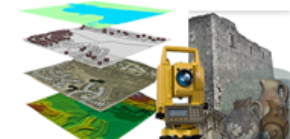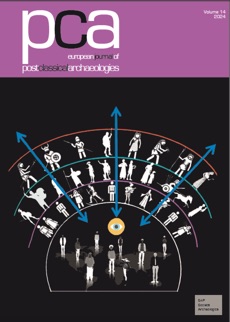Swedish archaeologists have uncovered what appears to be a 5th-century murder mystery at an island fort that’s being compared to Italy’s Pompeii ruins.
“It’s more of a frozen moment than you normally see in archaeology,” said Helene Wilhelmson, a researcher who specializes in the study of bones at Sweden’s Lund University. “It’s like Pompeii: Something terrible happened, and everything just stopped.”
Five bodies already have been unearthed amid the ruins of one of the settlement’s houses on the island of Öland, just off the Swedish coast. In a news release, Lund University said more human bones have been identified in other parts of the fort, suggesting there may be scores or hundreds of bodies yet to be dug out.
“There are so many bodies, it must have been a very violent and well-organized raid,” Wilhelmson said.
She and her colleagues say the scene dates to what’s known as the Migration Period, when tribes moved out from Scandinavia and other areas of northern Europe to confront a Roman Empire in decline.
A researcher works to uncover one of the skeletons found at a 5th-century fort on the Swedish island of Oland.
During this era, it was customary for Scandinavians to burn their dead, and very few uncremated remains have previously been recovered, the university said. Was no one left to light the funeral pyre on Öland?

Another puzzling fact is that archaeologists found gilded brooches that hadn’t been plundered by the attackers — and were still buried at the site 1,500 years later. Wilhelmson wonders whether the site became taboo. “I don’t think anyone dared to go near it for a very long time,” she said.
Lund University archaeologist Nicolo Dell’Unto is creating computerized 3-D models of the ruined fort to reconstruct the crime scene — and perhaps solve the mystery surrounding the massacre. “Using 3-D modeling gives us the unprecedented opportunity to see all the bodies simultaneously, even though the skeletons were removed one by one,” Dell’Unto said.
da nbcnews.com





